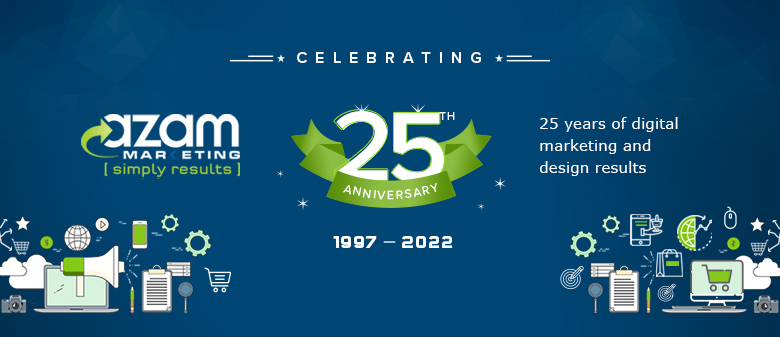Last Updated on: 2nd January 2025, 03:44 pm
The business financing landscape is evolving rapidly, driven by tech advancements, changing economic conditions, and shifting entrepreneur expectations. For businesses looking to secure funding in 2025, understanding these emerging trends can provide a competitive edge and open new opportunities for growth.
Here’s a look at the key trends shaping the future of business financing and how they may impact entrepreneurs and business owners in the coming year.
Increased Focus on Alternative Small Business Loans
Traditional loans have long been the go-to option for business financing, but alternative financing methods are gaining traction for companies in search of a small business loan. Options like peer-to-peer lending, crowdfunding, and revenue-based financing offer greater flexibility and accessibility, especially for startups and small businesses.
Crowdfunding platforms are becoming more sophisticated, offering tiered funding structures and better promotional tools for campaigners. Similarly, revenue-based financing, where repayment is tied to a percentage of monthly revenue, provides a less rigid repayment schedule compared to traditional loans. These alternatives cater to businesses that may not meet strict credit requirements or prefer a more dynamic financing approach.
Expansion of Fintech Solutions
Financial technology (fintech) continues to disrupt the financing space by providing faster, more accessible funding options. Fintech platforms streamline the loan application process, offering same-day approvals and disbursements in some cases.
Innovative tools like AI-driven credit assessments are reducing biases and enabling more businesses to qualify for funding. Additionally, fintech platforms are integrating with accounting software, providing real-time insights into a company’s financial health and streamlining the underwriting process.
For businesses in 2025, leveraging fintech solutions means faster access to capital with fewer barriers.
Sustainability-Linked Financing
With more emphasis on environmental, social, and governance (ESG) principles than ever, businesses are seeking financing that aligns with sustainability goals. Sustainability-linked loans and green bonds are becoming more popular, offering favorable terms for companies that meet specific ESG targets.
For example, a business that reduces its carbon footprint or improves workforce diversity may qualify for reduced interest rates or other financial incentives. Investors are also more inclined to support companies demonstrating a commitment to sustainability, making ESG-focused financing a win-win.
Rise of Embedded Finance
Embedded finance, where financial services are merged with non-financial platforms, is shaping up to transform how businesses access funding. For instance, e-commerce platforms offering point-of-sale loans or marketplace sellers accessing inventory financing directly within the platform are examples of this trend.
This seamless integration simplifies the financing process, enabling businesses to secure funds at the point of need without navigating external lenders. As embedded finance becomes more prevalent, it will offer businesses greater convenience and flexibility in managing cash flow.
Decentralized Finance (DeFi)
Decentralized finance, or DeFi, is an emerging trend that makes use of blockchain technology to provide financial services without traditional intermediaries like banks. DeFi platforms enable peer-to-peer lending, smart contract-based loans, and tokenized assets, offering transparency and lower transaction costs.
While still in its early stages, DeFi is poised to become a significant player in business financing. It’s particularly appealing to tech-savvy entrepreneurs and those seeking innovative funding methods outside traditional systems.
Personalization Through Data Analytics
Data analytics is reshaping how lenders assess and offer financing. Advanced algorithms analyze a business’s unique financial history, industry trends, and market position to provide tailored loan options.
This trend is especially beneficial for small businesses and startups, as it moves away from one-size-fits-all financing solutions. By presenting customized options, lenders can better meet the specific needs of businesses, improving approval rates and satisfaction.
Growing Popularity of Microloans
Microloans, typically ranging from $500 to $50,000, are becoming a popular option for small businesses and startups. These loans are designed for entrepreneurs who need a small infusion of capital to cover immediate expenses or fund short-term projects.
Microloan programs, often supported by government agencies or nonprofit organizations, typically have lower credit requirements and interest rates, making them ideal for a broader range of businesses. You can explore smaller-scale financing options with a reputable lender such as ForaFinancial.com.
Shift Toward Flexible Payment Structures
Flexibility in repayment terms is a growing trend in business financing. Lenders are moving away from rigid schedules and offering options like deferred payments, revenue-based repayments, and seasonal payment plans.
This flexibility helps businesses better manage cash flow during fluctuating revenue cycles, ensuring that loan obligations don’t become a burden during slower periods.
Increased Role of AI
AI is playing a central role in business financing, from credit assessments to fraud detection. Machine learning algorithms scan vast amounts of data to make accurate lending decisions quickly, reducing the time it takes for businesses to secure funding.
AI tools also offer predictive analytics, helping businesses anticipate financial challenges and opportunities. This proactive approach allows entrepreneurs to make informed decisions about when and how to seek financing.
The Future of Business Finance
The business financing landscape in 2025 is dynamic and filled with opportunities for those who stay informed about emerging trends. From the rise of fintech and sustainability-linked financing to innovations in decentralized finance and embedded financial services, the options for securing funding are more diverse than ever.
By understanding and leveraging these trends, businesses can access the capital they need to grow while aligning with their goals and values. The key is staying adaptable, embracing innovation, and making strategic financial decisions that set the stage for long-term success.






